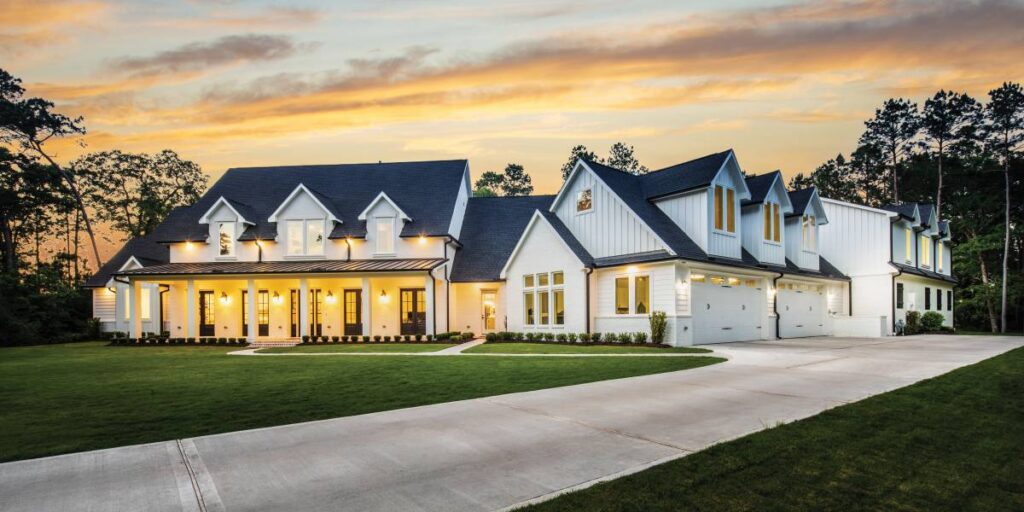Buying a first home is one of the most significant financial decisions in life, and for many, it can be a daunting process. With rising housing prices, especially in urban areas, affordability has become a key concern for first-time buyers. Recognizing this challenge, new home builders are increasingly offering tailored solutions to address the needs of this demographic. From financial incentives to customizable home designs, builders are adopting a range of strategies to make homeownership more attainable for first-time buyers.
Financial Incentives and Assistance Programs
One of the most attractive solutions offered by new home builders is financial incentives. Builders often provide promotions such as reduced down payments, lower interest rates, or even covering closing costs. These offers help reduce the immediate financial burden on first-time buyers, who may not have accumulated significant savings. Some builders also partner with mortgage companies to provide specialized financing options, including first-time buyer loans that come with more favorable terms, like lower interest rates or reduced private mortgage insurance PMI requirements. Another popular incentive is offering assistance with government programs that support first-time buyers. In many regions, federal and state governments provide grants or tax incentives to encourage homeownership. New home builders frequently work with these programs to ensure their buyers can take full advantage of available benefits, further lowering the financial barriers to owning a home.

Customizable Homes to Meet Budgetary Needs
New home builders are also providing more customizable home designs that allow buyers to build within their budget. By offering a range of floor plans and optional upgrades, builders give buyers the flexibility to prioritize features based on their financial situation. For example, first-time buyers may opt for a smaller home with fewer upgrades to keep costs down, while reserving the option to expand or add features in the future as their financial situation improves. Additionally, energy-efficient homes are becoming a cornerstone of affordability for new buyers. Builders are integrating green technologies such as solar panels, energy-efficient windows, and smart thermostats into their designs. While these features might increase the upfront cost, they can significantly reduce long-term utility bills, making homeownership more affordable over time. For environmentally conscious buyers, these energy-efficient options also align with their values, providing a win-win situation.
Smart Community Planning and Location Choices
Beyond the individual home, the location and community in which the house is built can have a major impact on affordability. Many builders are developing homes in areas with growing infrastructure and employment opportunities but with lower property costs than densely populated cities. These emerging neighborhoods often offer amenities like parks, schools, and shopping centers, providing a balance between affordability and quality of life. Some builders also focus on creating master-planned communities, home extensions hampton where homes are designed to be part of a cohesive neighborhood with shared amenities such as pools, gyms, and community centers. These communities allow first-time buyers to enjoy a range of features that might not be affordable in an urban setting but are accessible through shared ownership within the development.